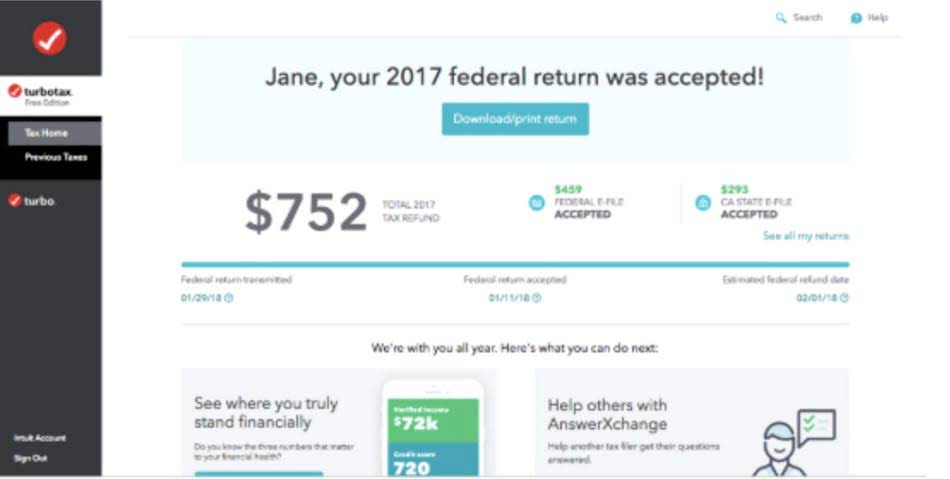Inventory Write-Off: Definition As Journal Entry and Example

International financial reporting standards require you allowance for obsolete inventory to disclose any inventory write-offs on the income statement. GAAP standards are less demanding but do require you to disclose losses due to LCM on the income statement. In regards to GAAP, once you have identified inventory that you cannot sell, you must write this inventory off as an expense. Assuming no receipt of payment for the inventory, you will debit a cost of goods sold account and credit either inventory directly or your inventory reserve account. GAAP requires that all obsolete inventory be written off at the time it’s determined obsolete.
Popular Double Entry Bookkeeping Examples
Generally accepted accounting principles (GAAP) require that all inventory reserves be stated and valued using either the cost or the market value method, whichever is lower. However, accountants who apply GAAP to inventory reserves often use a significant amount of personal judgment. Yes, you can write down inventory in GAAP, and in fact, it’s required. In order to comply with generally accepted accounting principles (GAAP), businesses must follow the inventory write-down process in their bookkeeping when their inventory’s value is reduced. A direct write-off will reduce net income and retained earnings, also resulting in a decrease in shareholder’s equity.

What Is the Purpose of an Inventory Reserve?
Chartered accountant Michael Brown is the founder and CEO of Double Entry Bookkeeping. He has worked as an accountant and consultant for more than 25 years and has built financial models for all types of industries. He has been the CFO or controller of both small and medium sized companies and has run small businesses of his own.

Inventory Obsolescence Reserve
- Yes, you can write down inventory in GAAP, and in fact, it’s required.
- In the case of crude oil, the market price is very easy to determine, as it’s a commodity that is traded internationally and the price has a very low bid-ask spread.
- The allowance for obsolete inventory account is in effect a reserve for expected future inventory write offs.
- Inventory management can be a tricky part of owning a business, and eventually everyone makes a mistake and miscalculates customer demand.
- If a company does have to write down or write off some of its inventory, it’s important to remember the entries may impact key financial metrics or financial ratios.
- Inventory refers to the goods and materials in a company’s possession that are ready to be sold.
- Even though inventory costs must be adjusted down to the lower of cost or market, this does not mean that inventory costs are adjusted upward if the price recovers.
The transaction will not impact the income statement as well as the net balance of inventory. Inventory is presented as the net balance which is the combination of inventory cost and allowance for obsolete. So when this journal reduces both accounts, it will not impact the total amount. The inventory will remain on the company balance sheet for quite some time before reaching the expired date and becoming obsolete.
- The purpose of the Allowance for obsolete inventory account is to allow the original cost of the inventory to be maintained on the Inventory account until disposed of.
- We assume that the company does not has any provision in the past, so they have to record the inventory obsolete for the total inventory.
- ‘Inventory’ refers to any asset that the company can either sell for revenue or convert into goods that can be sold for revenue.
- This is known as the lower of cost or market value method of inventory valuation.
- GAAP mandates the lower of cost or market value method to prevent companies from overstating their assets.
- The journal entry is debiting allowance for obsolete inventory $ 5,000 and credit inventory $ 5,000.
- Second, the balance sheet is affected as the value of inventory under current assets decreases.
If a company does have to write down or write off some of its inventory, it’s important to remember the entries may impact key financial metrics or financial ratios. Obsolete inventory is a term that refers to inventory that is at the end of its product life cycle. This inventory has not been sold or used for a long period of time and is not expected to be sold in the future. This type of inventory has to be written-down or virtual accountant written-off and can cause large losses for a company. It includes other problems besides obsolescence, such as spoilage and theft losses. GAAP doesn’t lay down a timeline for disposal of obsolete inventory because that varies among businesses, NetSuite notes.
Allowance Method
It may be a sign of subpar items, subpar demand forecasting, and/or subpar inventory management. Investors can determine how well a product is selling and how efficiently a firm manages its inventory by looking at the number of obsolete inventory it produces. To record inventory loss, the business must credit its inventory account with the value of the written-off inventory to reduce the balance. Then, the loss on the inventory write-off expense account will be increased with a debit to balance. The journal entry above shows the inventory write down expense being debited to the Loss on inventory write down account.
- They may have been replaced in the marketplace by an improved or less expensive product or model.
- The journal entry also shows the inventory write down being credited to the Allowance for obsolete inventory account.
- As an example, suppose a business has a product in inventory which cost 1,000, and has decided that due to a decline in the market for the product, its value is now estimated to be worth 700.
- It will hold the lost value of the obsolete part until the part is eventually disposed of.
Understanding Inventory Reserves
Inventory may become obsolete, spoil, become damaged, or be stolen or lost in some cases. As an example, suppose a business has a product in inventory which cost 1,000, and has decided that due to a decline in the market for the product, its value is estimated to be worth 700. You do a review of your inventory and determine there is $10,000 worth of obsolete inventory. It is important to recognize that GAAP is not a stagnant set of principles. Rather, it changes to reflect changes in regulations and standards employed by businesses operating in different industries throughout the economy as a whole.

You report this as a credit to Inventory Reserve and a matching $5,000 debit to Cost Of Goods sold. Spoiled or obsolete inventory will almost always have a value that is less than cost. As such, the company must make an adjustment to bring the inventory value down to market price. Allowance for obsolete inventory is a reserve contra asset account specifically created for inventory that loses value or will not sell.
Accounting for Obsolete Inventory
At the end of the year, company has to record the inventory obsolete which equals 5% of the total inventory. We assume that the company does not has any provision in the past, so they have to net sales record the inventory obsolete for the total inventory. With a large size of inventory, company will be facing high inventory cost as well. The company will try its best to minimize the inventory obsolete cost as it is the cost that does not provide any benefit to the customers or company. John Freedman’s articles specialize in management and financial responsibility. He is a certified public accountant, graduated summa cum laude with a Bachelor of Arts in business administration and has been writing since 1998.
